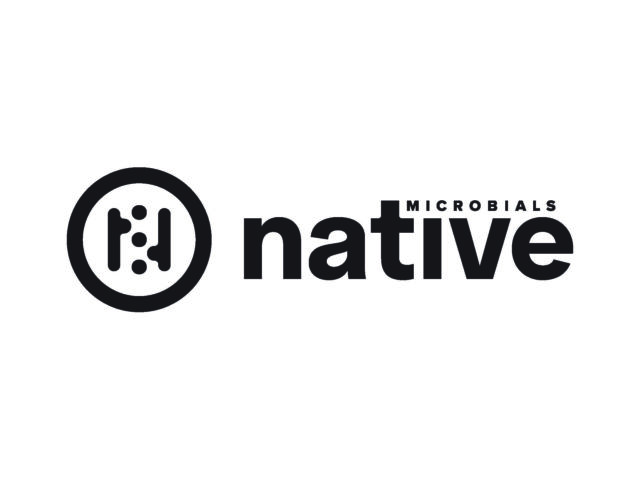Three years ago, I was on the cusp of buying a pair of Google Glass glasses when the program was discontinued. Using voice or tap commands, these glasses could display a message, take a picture and even record video right in front of your eye.
They were the first large-scale attempt at early adoption of smart glasses technology. But they got a bad start because of concerns over invasion of privacy. As one commentator said about the campaign, “Google Glass was the beginning of the future. It turns out we weren’t ready.”
However, smart glasses are beginning a comeback, not in the social setting but in the workplace, especially in logistics and manufacturing. And I believe dairies will not be exempt.
At World Dairy Expo, I viewed Dutch tech provider Nedap’s sneak peek of augmented reality for dairies. The company is using Microsoft’s Hololense goggles to integrate herd data from the company’s activity monitoring sensors.
They can display this data on top of what your eye sees in real life. Want to know the days in milk of cow No. 1234? This technology could display that for you just by looking in her direction. (Read more about what I saw through these lenses in the article Cool stuff we saw at World Dairy Expo 2018.)
Google Glass is also making a comeback – but this time in a factory setting. Agricultural equipment maker AGCO’s assembly line technicians are using it to build the tractors they make. Line workers can pull up assembly instructions and quality assurance checklists through the glasses they now wear.
Google’s current tack to enter the smart glasses marketplace is to integrate them into the business sector with efficiency improvements for the day-to-day work flow.
Both Google and Microsoft’s prototype glasses look very techy and futuristic. But there’s another big name getting into early development with smart glasses. You can hardly tell their product is any different than a regular pair of lenses. Intel’s smart glasses project – called Vaunt – uses a low-powered laser to project information into the bottom third of its prototype glasses.
Unless you’re looking through their version of a heads-up display for your eye, the extra view completely disappears.
How might these technologies be adapted on dairies?
Imagine what it would be like to be able to see hands-free what treatments a cow has received in the hospital pen by looking at the bar code on her eartag and then seeing her most recent treatments projected into your glasses. Or think what it would be like for your feeder to have his loading accuracy percentage for his current mixing batch displayed on his glasses as he is loading each commodity.
Or imagine being able to live-stream a video from one of your employees in the field trying to troubleshoot a repair and seeing exactly what he is seeing.
These types of use cases are coming. I agree with the techies on this one: Smart glasses are going to make it this time. As one reviewer said: “Whether Intel releases smart glasses first, or someone beats them to the punch, this technology is definitely coming.”
Seeing the future literally right before my eyes was incredible. I hope it gets here soon. ![]()

-
Walt Cooley
- Editor-in-chief
- Progressive Dairyman
- Email Walt Cooley






